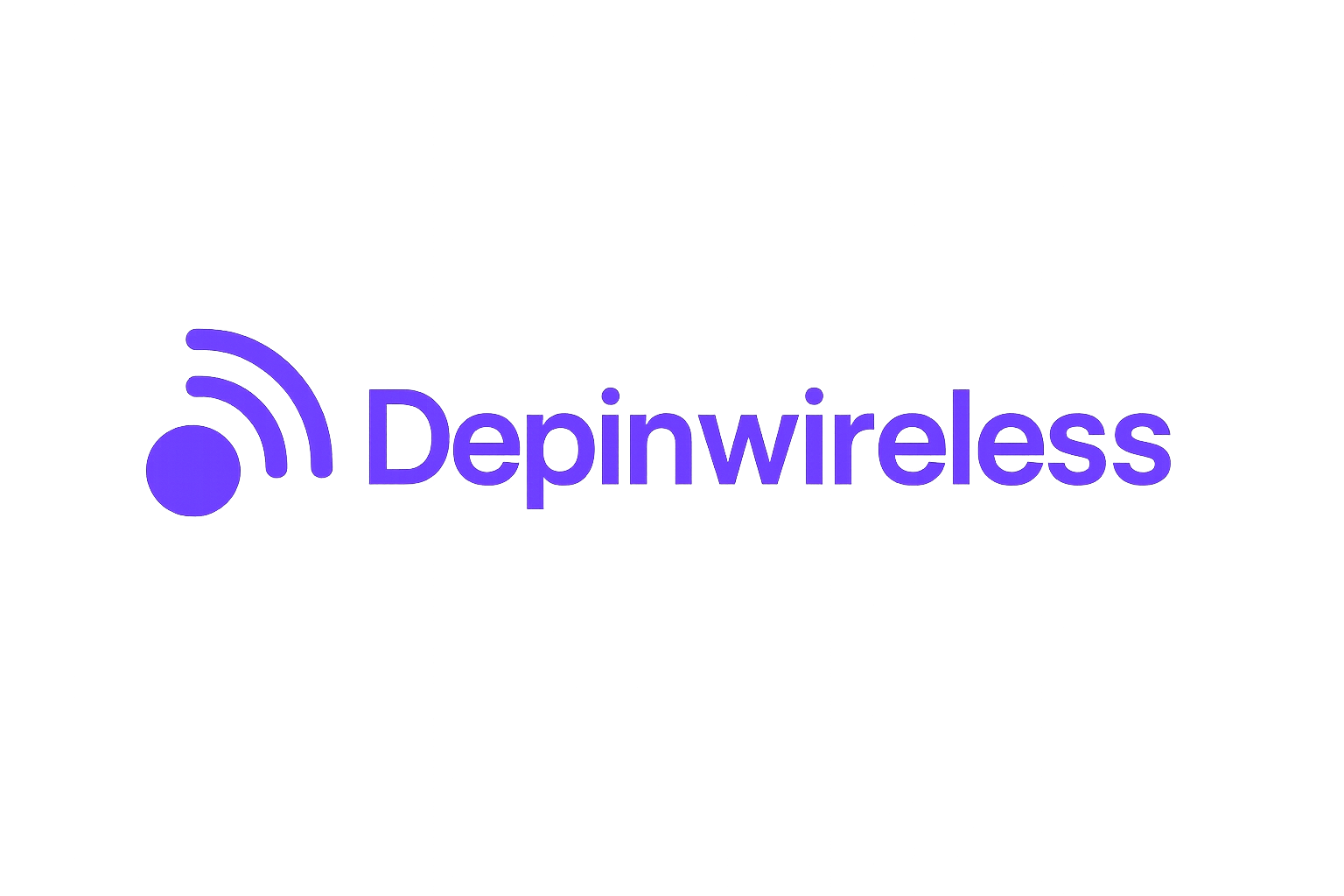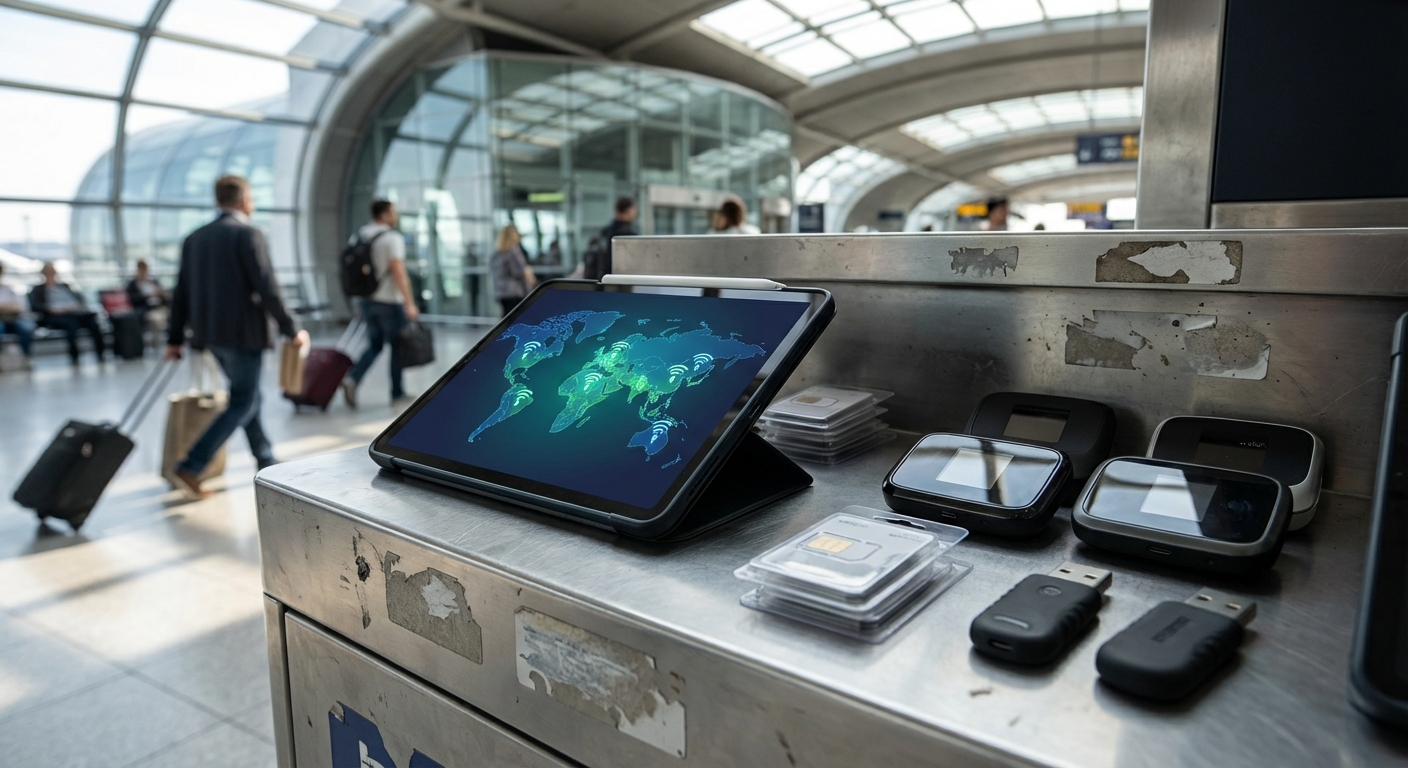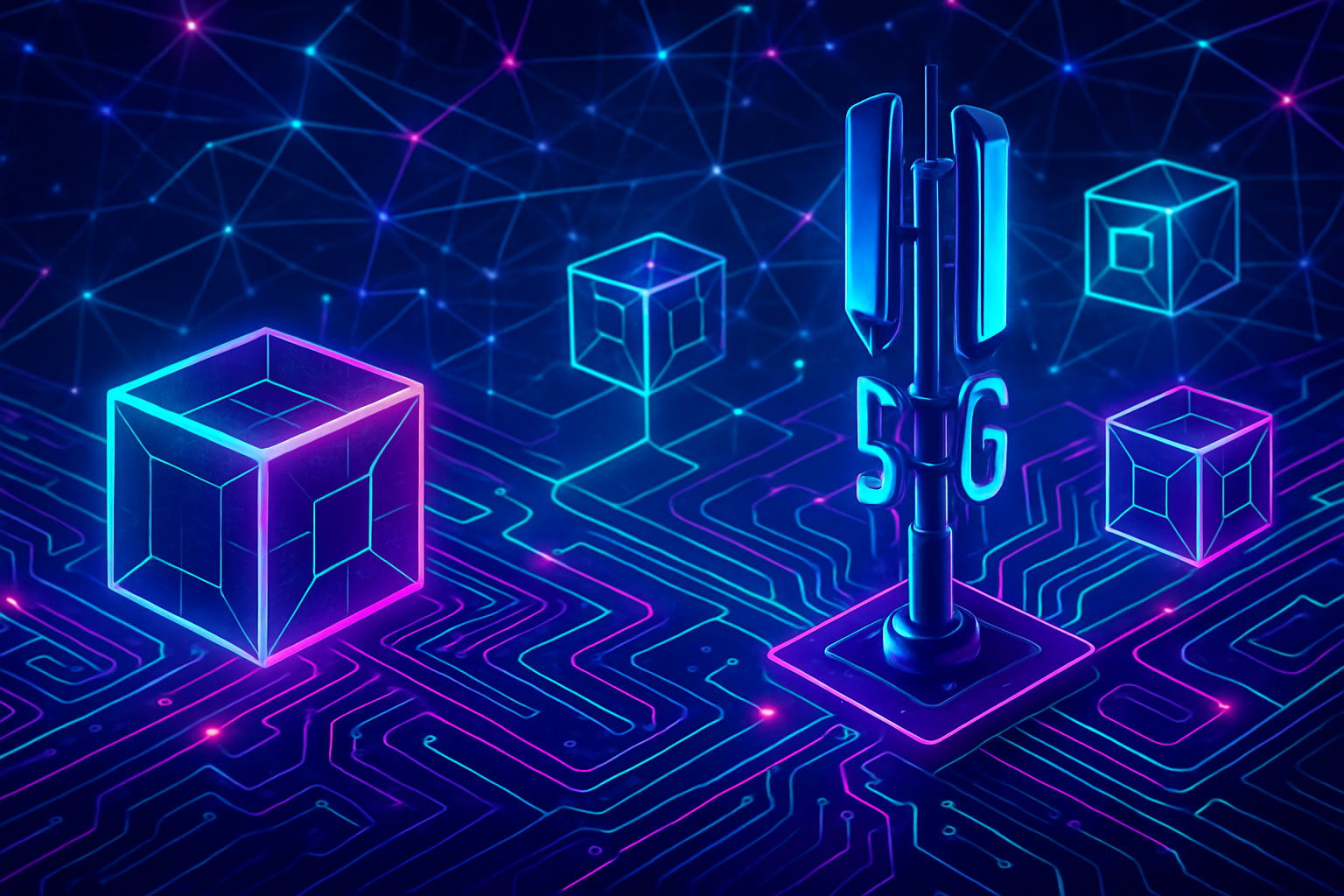
Blockchain-powered NFTs are rapidly transforming the economics and logistics of 5G small cell deployment in decentralized wireless networks. By tokenizing telecom infrastructure assets and leveraging smart contracts, stakeholders can unlock new efficiencies, revenue streams, and participation models that were previously impossible under traditional centralized paradigms.

NFTs for Telecom Infrastructure: The New Paradigm
Non-fungible tokens (NFTs) have evolved far beyond digital art and collectibles. In the context of decentralized wireless networks, NFTs are emerging as a powerful tool for digitizing, tracking, and monetizing physical telecom assets such as small cells, antennas, and fiber connections. This approach is being championed by innovators like Weaver Labs, whose Cell-Stack platform enables private network owners to operate and monetize their infrastructure using blockchain-based orchestration.
By representing each deployed small cell or network asset as an NFT, operators gain an immutable record of ownership, location, operational status, and service-level agreements. This not only streamlines asset management but also facilitates transparent marketplace transactions for renting or sharing connectivity resources. As Maria Lema of Weaver Labs explains in her analysis on Telecoms. com, the NFT model paves the way for dynamic access to street-level assets while ensuring accountability through verifiable smart contracts.
Accelerating Decentralized Small Cell Deployment
The integration of NFTs with blockchain protocols directly addresses two persistent pain points in 5G rollout: cost efficiency and scalability. Traditional telecom operators face high capital outlays and bureaucratic friction when deploying dense small cell grids required for true 5G performance. Decentralized wireless networks, such as those pioneered by Helium and Pollen Mobile, flip this model by incentivizing individuals and businesses to deploy infrastructure themselves.
Key Benefits of Tokenizing Telecom Assets with NFTs
-
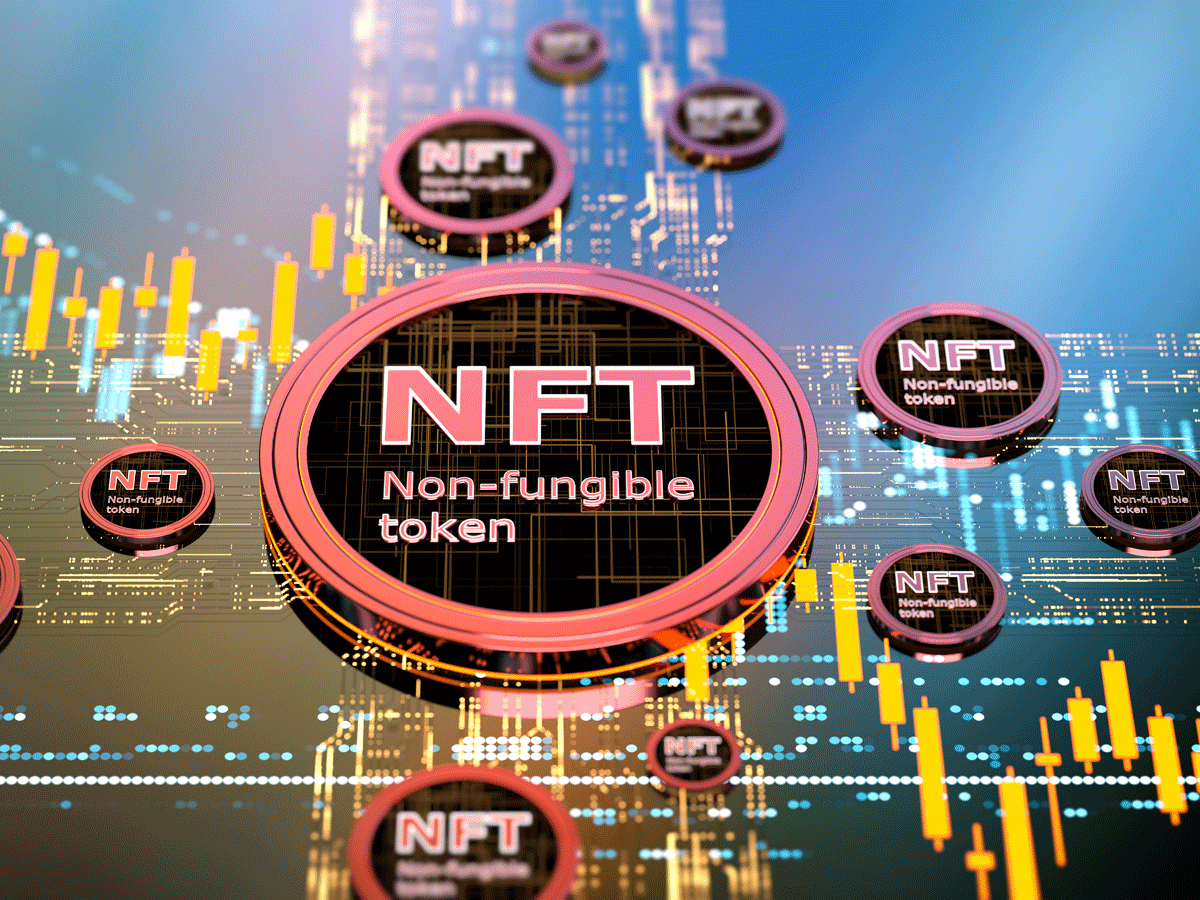
Enhanced Asset Traceability and Ownership: Tokenizing telecom assets as NFTs provides a transparent, immutable record of asset ownership and transaction history on the blockchain, reducing disputes and streamlining audits.
-
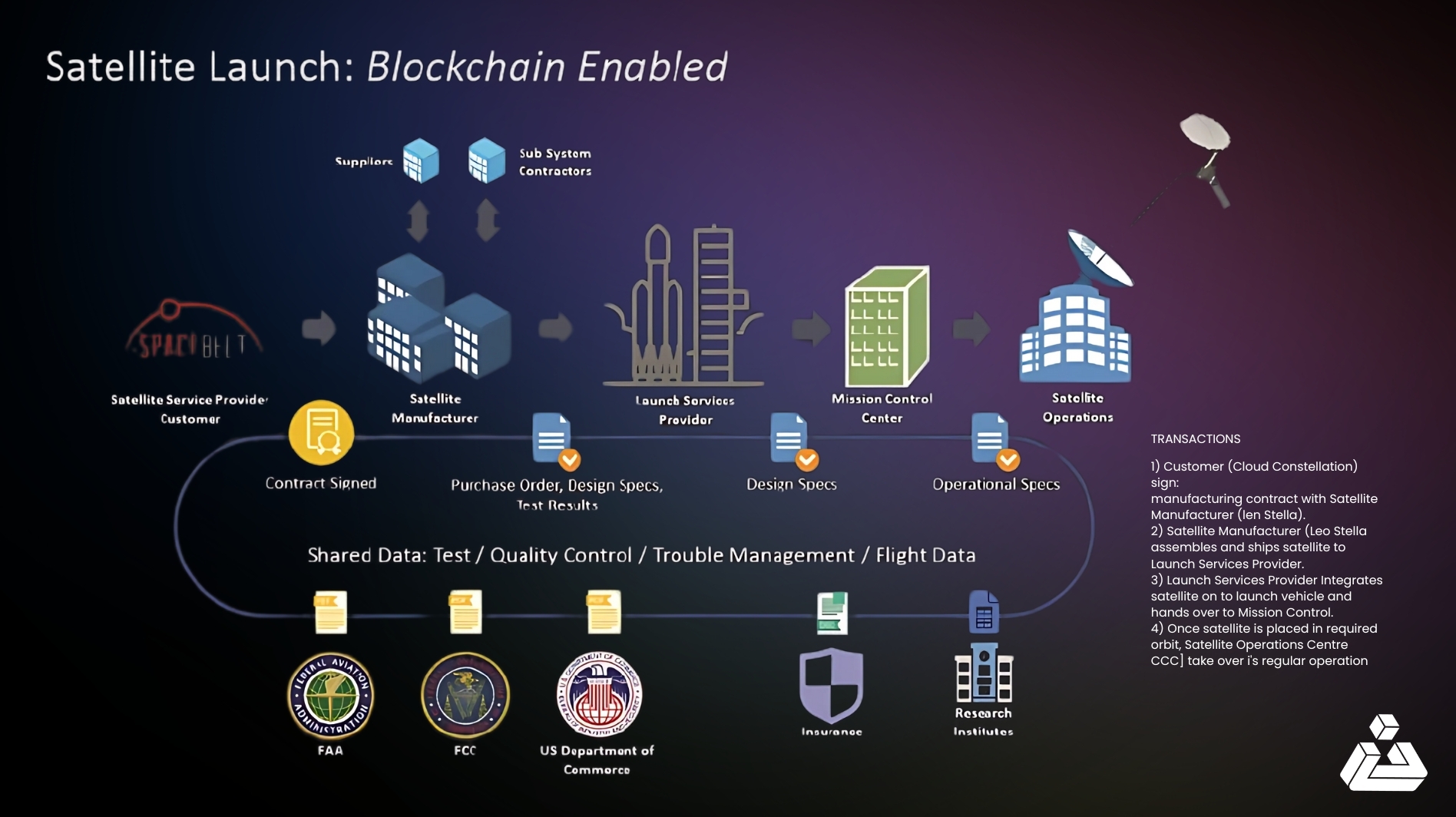
Automated and Secure Asset Management: NFTs enable programmable, smart contract-based management of telecom assets, allowing for secure, automated leasing, transfer, and monetization without manual intervention.
-

Incentivized Network Expansion: By linking NFTs to real-world infrastructure (e.g., 5G small cells), operators can reward participants with cryptocurrency, as seen in projects like Helium Network and Pollen Mobile, accelerating network growth and coverage.
-
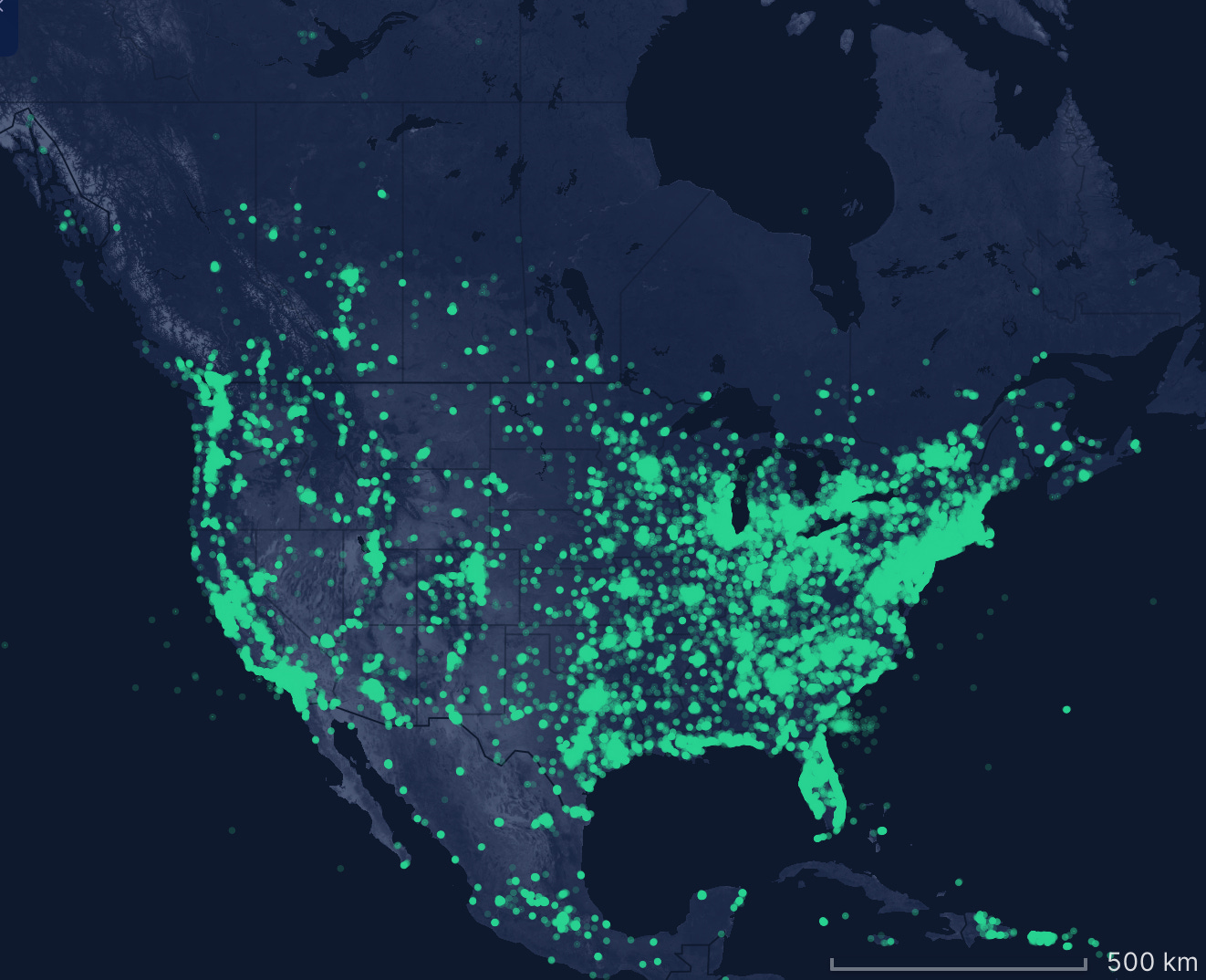
Lowered Barriers to Participation: NFTs allow individuals and smaller businesses to own, operate, or invest in telecom infrastructure, democratizing network deployment and reducing the reliance on large incumbent operators.
-
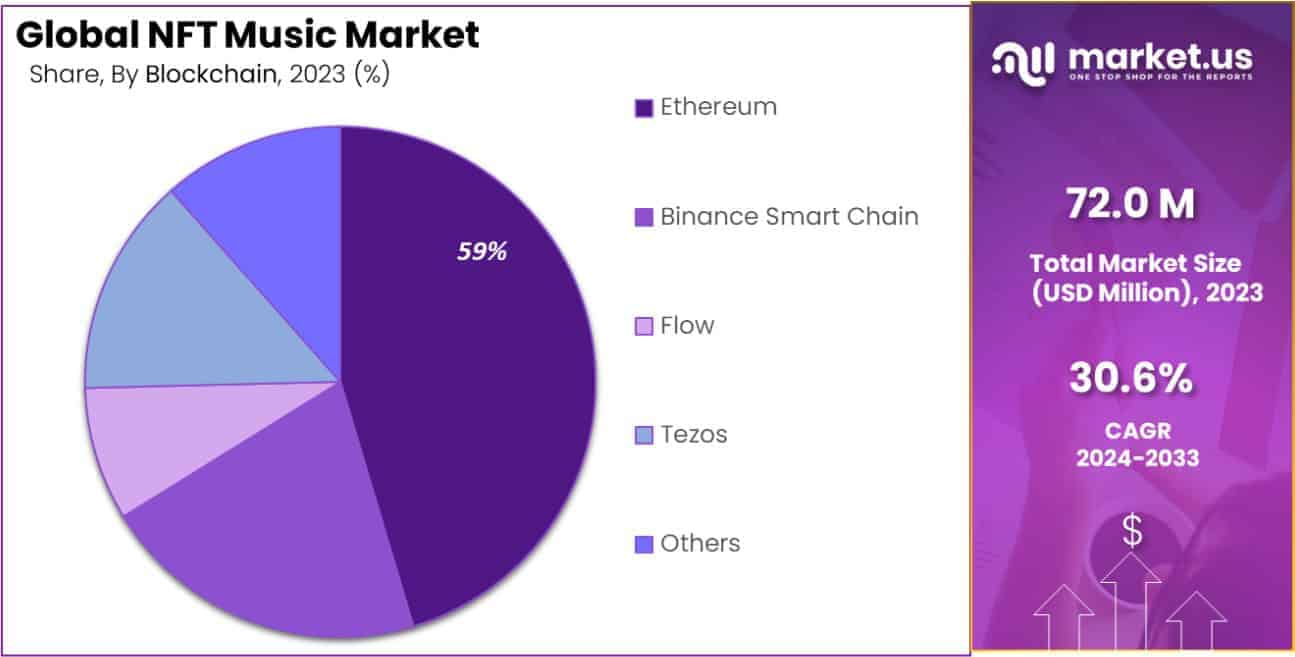
Real-Time Revenue Sharing and Monetization: Blockchain-based NFTs facilitate transparent, real-time distribution of revenue to asset owners and operators, enabling new business models for sharing and monetizing telecom infrastructure.
This community-driven approach is turbocharged by blockchain-enabled rewards systems. For example, Helium participants deploy 5G hotspots equipped with radios and earn Helium Network Tokens (HNT) based on coverage provided, a process governed transparently via smart contracts on the blockchain. Similarly, Pollen Mobile users deploy ‘Flowers’ (small cell systems) to earn PollenCoin for expanding mobile coverage in underserved areas.
Smart Contracts and Automation: The Heart of DePIN 5G Rollout
The true power of NFTs in this context lies in their programmability via smart contracts. These self-executing agreements automate everything from lease payments to performance verification. Weaver Labs’ Cell-Stack exemplifies this automation by allowing telecom companies to deploy, monitor, and monetize services over a distributed ledger, reducing administrative overhead while boosting trust among participants (source).
This architecture also supports multi-operator environments where several providers can share the same physical infrastructure without compromising security or data integrity, a concept explored in recent research on multi-operator small cell networks (White Rose Research Online). The result is a more resilient ecosystem that can rapidly adapt to demand spikes or local outages without centralized bottlenecks.
Crucially, tokenization via NFTs enables a robust secondary marketplace for telecom infrastructure. Owners of small cell NFTs can lease, sell, or trade their assets with minimal friction, creating new liquidity for what were once illiquid physical deployments. This is especially impactful in urban environments where asset utilization fluctuates and rapid reallocation is essential for optimal coverage. The transparency and auditable nature of blockchain records also make regulatory compliance and reporting more straightforward, a significant advantage as governments worldwide push for greater accountability in digital infrastructure.
Security is another front where blockchain-powered NFTs excel. Immutable ownership records and programmable access controls mitigate risks of tampering or unauthorized usage, a perennial challenge in shared infrastructure environments. Smart contracts further reduce disputes by automating payments and enforcing service-level agreements based on real-time network telemetry. These features collectively enhance trust between independent operators, investors, and local authorities, paving the way for broader adoption of decentralized wireless models.
Pioneers and Practical Deployments
Weaver Labs’ Cell-Stack platform exemplifies how blockchain telecom automation can be put into practice at scale. By abstracting away the technical complexity of managing distributed assets, Cell-Stack empowers even smaller tech companies to participate in DePIN 5G rollout without deep telecom expertise (Weaver Labs). This democratization effect is echoed by other players like BLiNQ Networks, who see decentralized networks as a path to lightning-fast, reliable connectivity outside the grip of major incumbents.
The implications are profound: as more stakeholders, from municipalities to property owners, recognize the value proposition of NFTs for telecom infrastructure, we are likely to see an exponential increase in decentralized small cell deployment. This will not only accelerate 5G adoption but also create a more resilient and adaptable wireless fabric capable of supporting emerging IoT applications and edge computing workloads.
Strategic Outlook: The Future of Decentralized Wireless Networks
Looking ahead, the convergence of NFTs, blockchain 5G deployment strategies, and smart contracts street assets points toward a future where connectivity becomes both hyper-localized and globally coordinated. As platforms like Weaver Labs continue to refine orchestration software, expect increased interoperability between different networks, public or private, and more granular monetization models tailored to specific use cases.
How NFTs Drive Innovation in Decentralized Small Cell Networks
-

Weaver Labs Cell-Stack: Cell-Stack is a network orchestration platform that digitizes telecom assets as NFTs, enabling private network owners to operate, manage, and monetize 5G small cell infrastructure. This blockchain-based approach streamlines asset sharing, fosters interoperability, and reduces deployment friction.
-

Helium Network: By leveraging blockchain and NFTs, Helium incentivizes individuals and businesses to deploy 5G small cells (hotspots) and rewards them with Helium Network Tokens (HNT). This decentralized model accelerates coverage expansion and reduces the need for centralized infrastructure investment.
-

Pollen Mobile: Pollen Mobile utilizes NFTs and Solana-based cryptocurrency to encourage community members to install and operate small cell devices known as ‘Flowers.’ Participants earn PollenCoin for expanding network coverage, driving rapid and distributed 5G deployment.
-
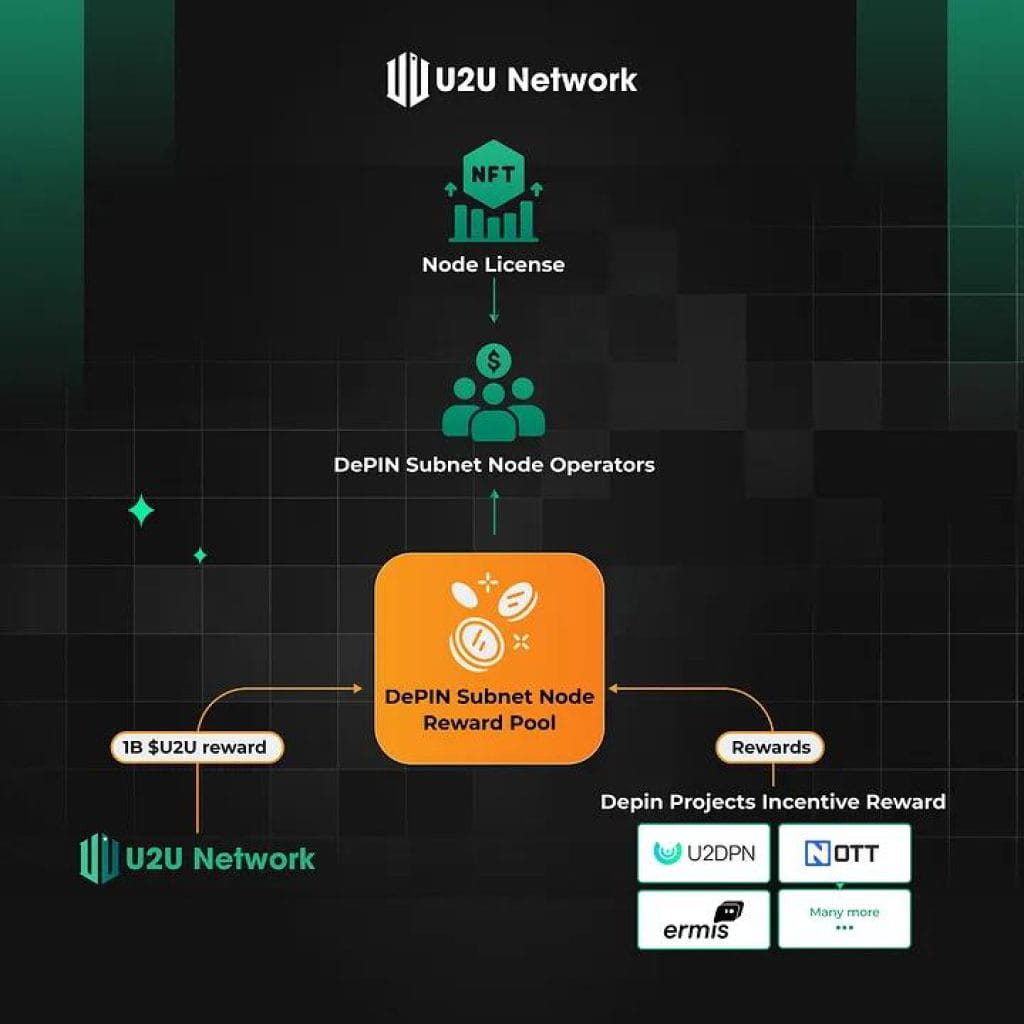
Multi-Operator Small Cell Networks: Blockchain-enabled NFTs facilitate secure, transparent sharing of small cell resources among multiple telecom operators. This model, highlighted in recent academic research, allows for efficient spectrum allocation and dynamic access, promoting innovation and cost savings across the industry.
-
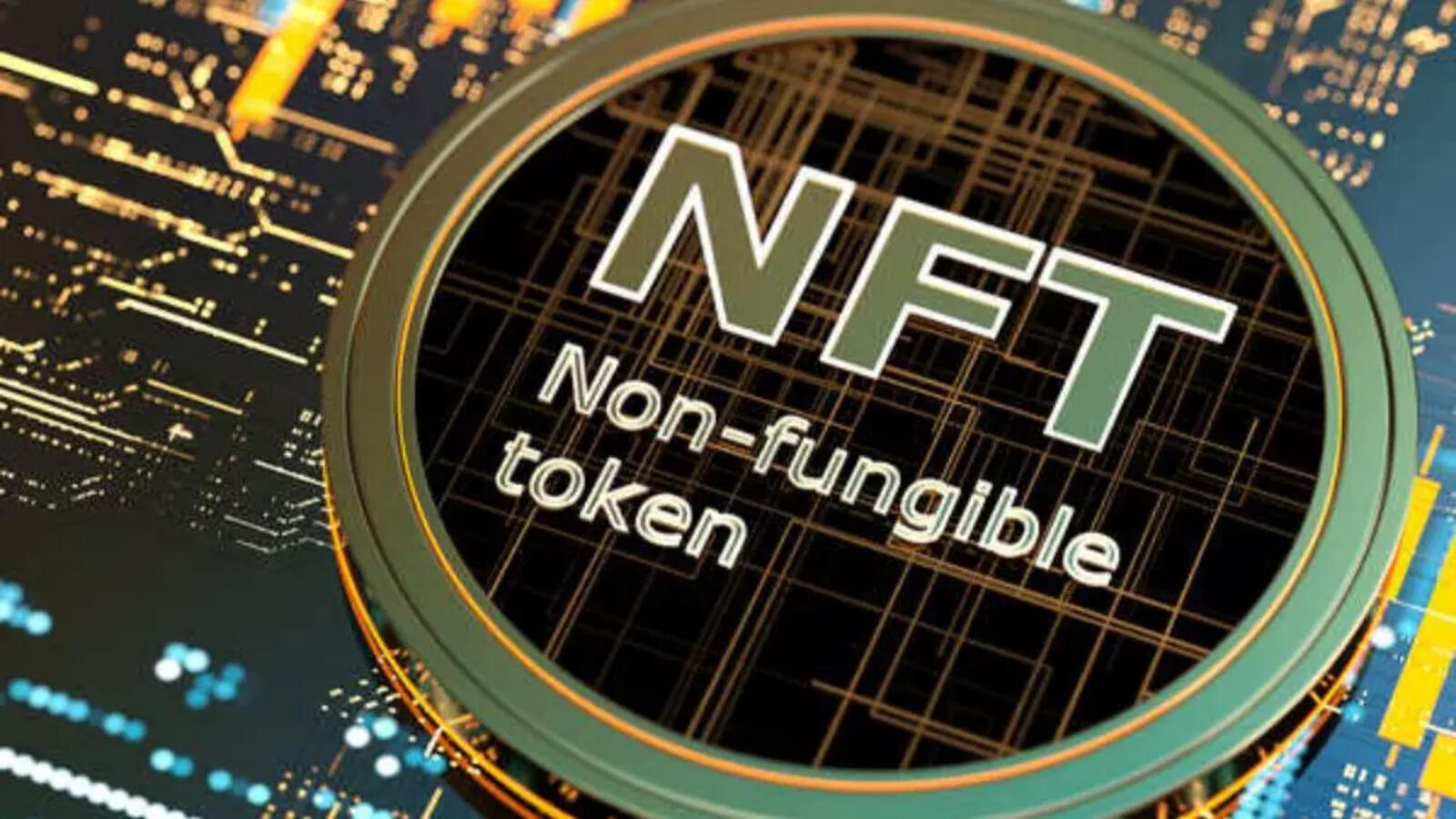
Asset Monetization and Marketplace Models: Platforms like Cell-Stack introduce NFT-based marketplaces where telecom assets—such as small cells and spectrum—are tokenized and traded. This innovation enables new revenue streams, simplifies resource allocation, and lowers entry barriers for smaller network operators.
For investors and industry professionals alike, understanding these dynamics is critical. The DePIN sector stands at an inflection point where strategic deployment decisions today will define competitive advantages tomorrow. With transparent marketplaces for infrastructure assets and automated revenue distribution via smart contracts, the lines between network operator, asset owner, and end-user are blurring, ushering in a new era for wireless technology built on decentralization.
